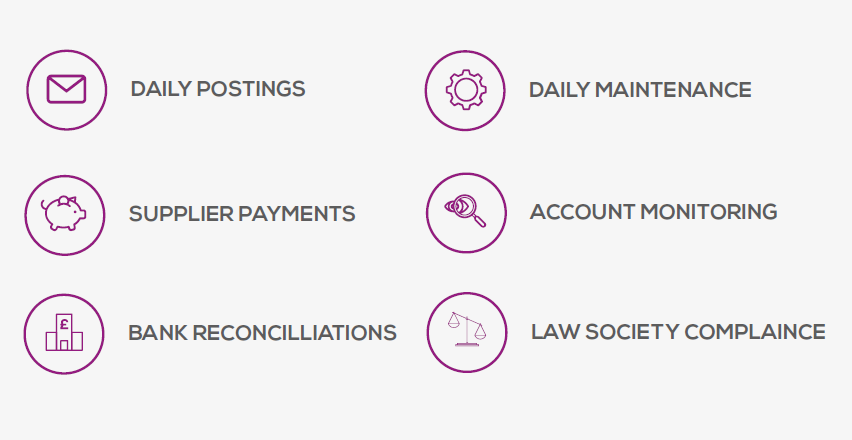Making Tax Digital - Revised Timetable
Monday, 4 September 2017
In July, Ministers announced a revised timetable for Making Tax Digital – the government initiative that sets out a vision for 'a transformed tax system and the end of the tax return'.
HMRC’s Making Tax Digital project was originally scheduled to be introduced in spring 2018, starting with quarterly online reporting of income and expenses for unincorporated businesses (sole traders and some partnerships) and landlords; with a view to achieving full digitisation by 2020 for all taxpayers (other than those with a turnover of less than £10K or those who are digitally excluded).
What are the changes?
The revised timetable sets out plans as follows:
- Only businesses with a turnover above the VAT threshold (currently £85,000) will have to keep digital records and only for VAT purposes.
- They will only need to do so from 2019.
- Businesses will not be asked to keep digital records, or to update HMRC quarterly, for other taxes until at least 2020.
What does this mean?
While there is a definite recognition that digital reporting is a good idea, and is still the direction of travel, smaller businesses will not be required to use the system, but can move to digital reporting at their own pace on a voluntary basis.
The deferral will give more time for testing the system before the VAT system goes live in April 2019. However, as VAT already requires quarterly returns, no business will need to provide information to HMRC more regularly during this initial phase than they do now - just potentially in a different format and possibly with more detail of individual transactions within the submissions. We await further details which we expect to be included in a Finance Bill in autumn 2017.
All businesses and landlords will now have at least a further two years to adapt to digital reporting to HMRC for taxes other than VAT.
We will continue to monitor this initiative and to ensure that our clients are kept up to date with its implications for their businesses.



